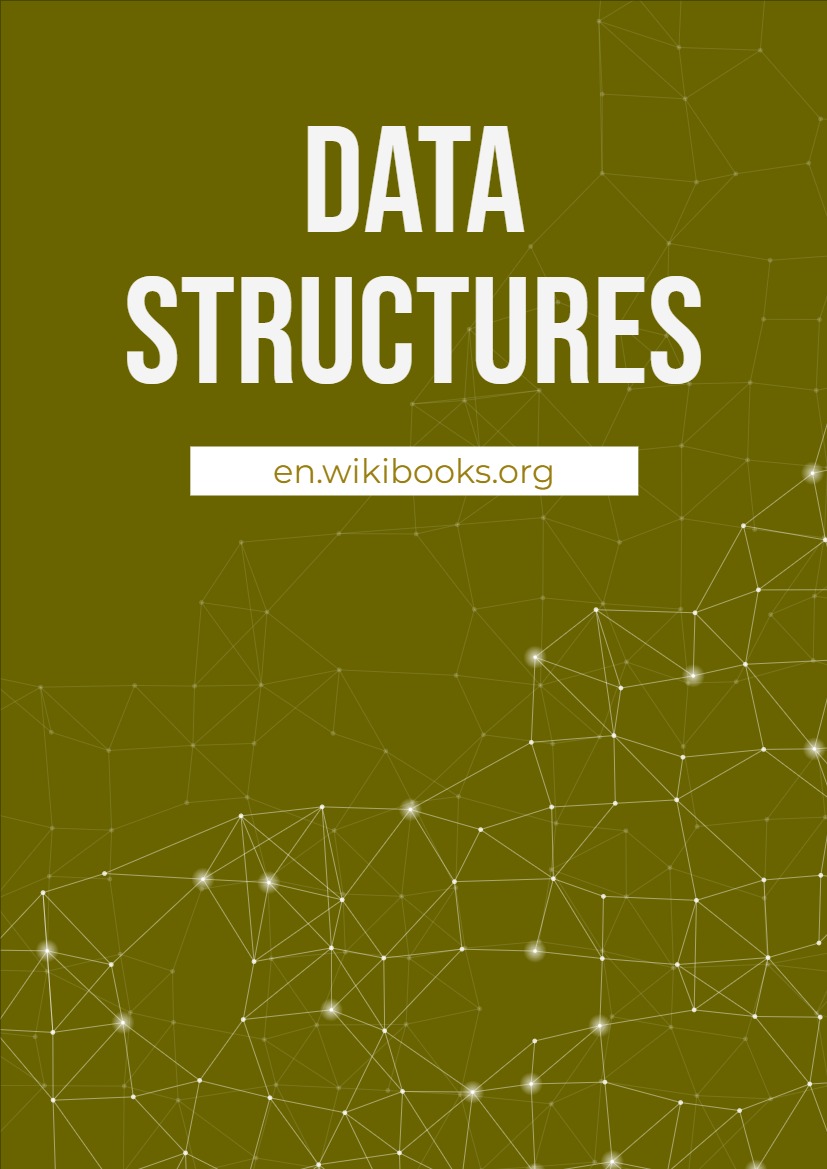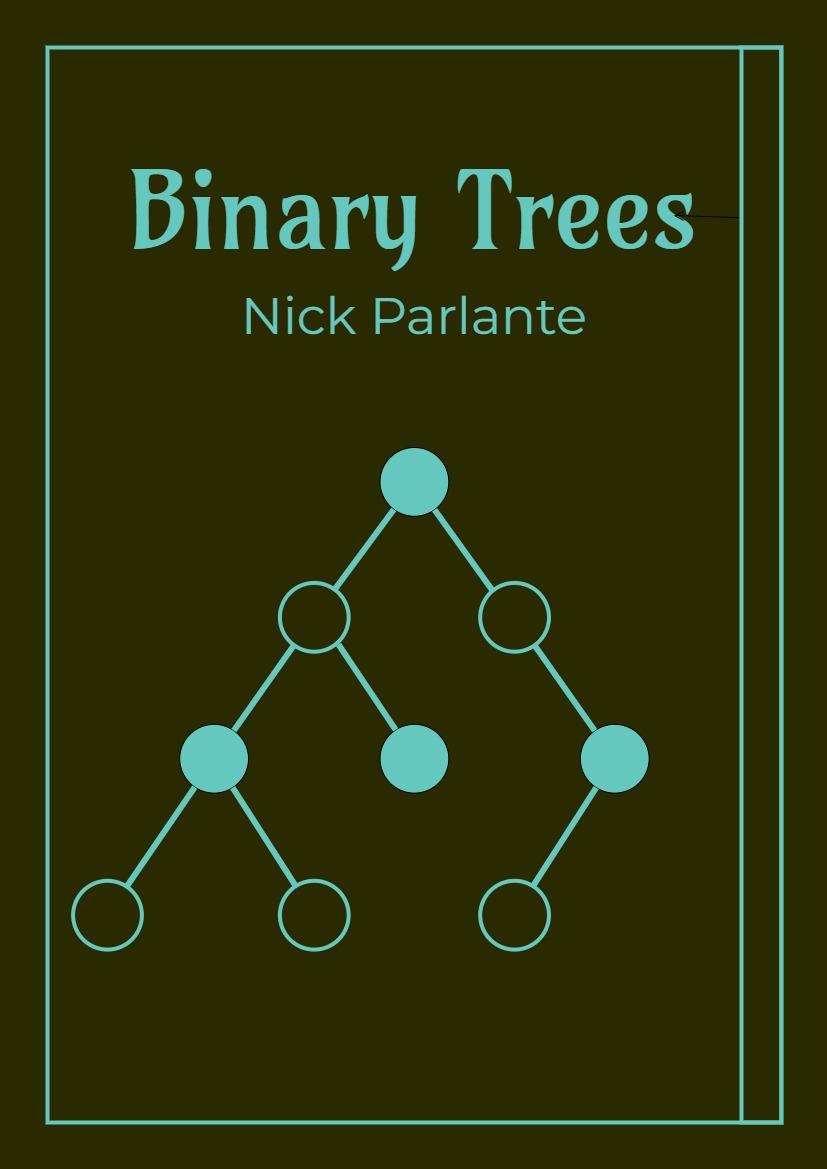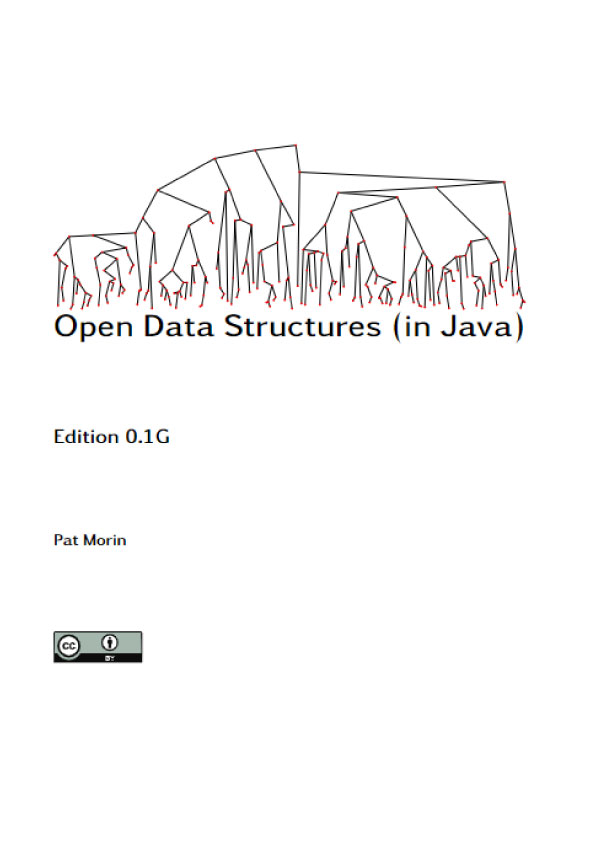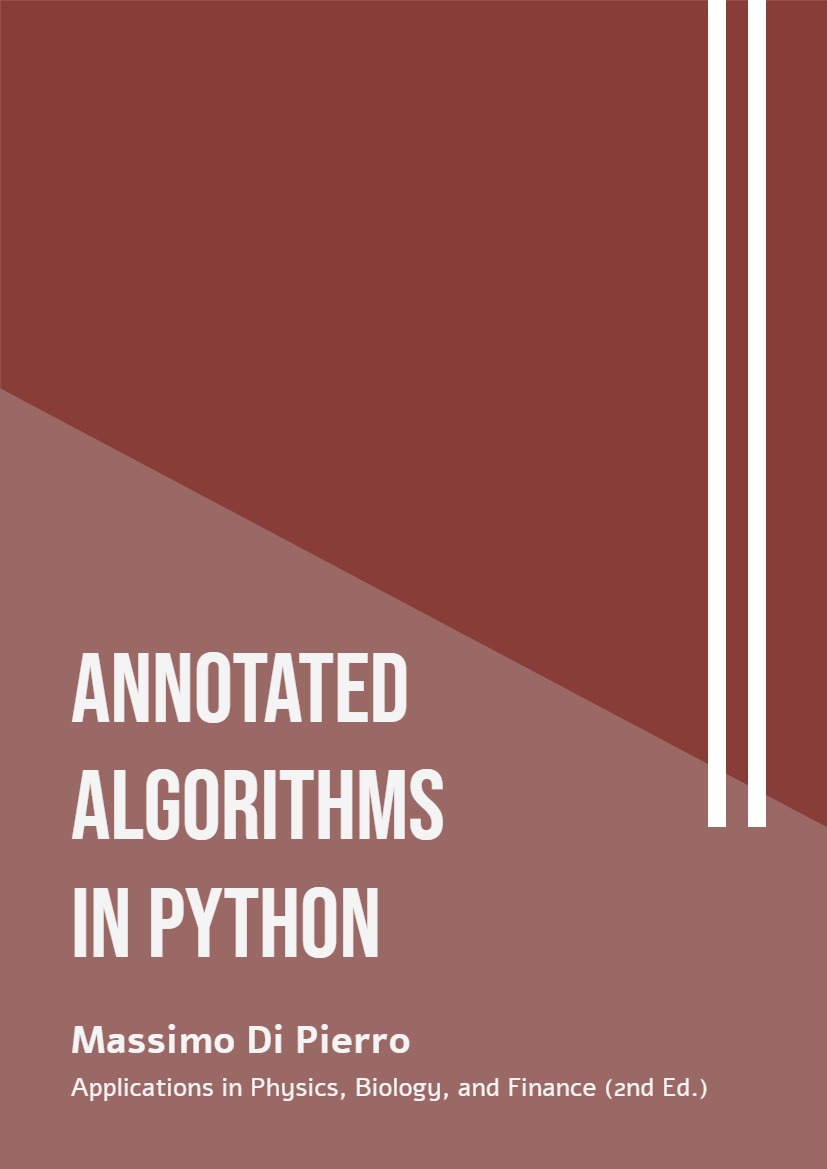Background
An algorithm is a method for solving a class of problems on a computer. The complexity of an algorithm is the cost, measured in running time, or storage, or whatever units are relevant, of using the algorithm to solve one of those problems.
This book is about algorithms and complexity, and so it is about methods for solving problems on computers and the costs (usually the running time) of using those methods.
Computing takes time. Some problems take a very long time, others can be done quickly. Some problems seem to take a long time, and then someone discovers a faster way to do them (a ‘faster algorithm’). The study of the amount of computational effort that is needed in order to perform certain kinds of computations is the study of computational complexity.
Naturally, we would expect that a computing problem for which millions of bits of input data are required would probably take longer than another problem that needs only a few items of input. So the time complexity of a calculation is measured by expressing the running time of the calculation as a function of some measure of the amount of data that is needed to describe the problem to the computer.
For instance, think about this statement: ‘I just bought a matrix inversion program, and it can invert an n × n matrix in just 1.2n3 minutes.’ We see here a typical description of the complexity of a certain algorithm. The running time of the program is being given as a function of the size of the input matrix.
A faster program for the same job might run in 0.8n3 minutes for an n × n matrix. If someone were to make a really important discovery (see section 2.4), then maybe we could actually lower the exponent, instead of merely shaving the multiplicative constant. Thus, a program that would invert an n × n matrix in only 7n2.8 minutes would represent a striking improvement of the state of the art.
For the purposes of this book, a computation that is guaranteed to take at most cn3 time for input of size n will be thought of as an ‘easy’ computation. One that needs at most n10 time is also easy. If a certain calculation on an n× n matrix were to require 2n minutes, then that would be a ‘hard’ problem. Naturally some of the computations that we are calling ‘easy’ may take a very long time to run, but still, from our present point of view the important distinction to maintain will be the polynomial time guarantee or lack of it.
The general rule is that if the running time is at most a polynomial function of the amount of input data, then the calculation is an easy one, otherwise it’s hard.
Many problems in computer science are known to be easy. To convince someone that a problem is easy, it is enough to describe a fast method for solving that problem. To convince someone that a problem is hard is hard, because you will have to prove to them that it is impossible to find a fast way of doing the calculation. It will not be enough to point to a particular algorithm and to lament its slowness. After all, that algorithm may be slow, but maybe there’s a faster way.
Matrix inversion is easy. The familiar Gaussian elimination method can invert an n× n matrix in time at most cn3.
To give an example of a hard computational problem we have to go far afield. One interesting one is called the ‘tiling problem.’ Suppose* we are given infinitely many identical floor tiles, each shaped like a regular hexagon. Then we can tile the whole plane with them, i.e., we can cover the plane with no empty spaces left over. This can also be done if the tiles are identical rectangles, but not if they are regular pentagons.
In Fig. 0.1 we show a tiling of the plane by identical rectangles, and in Fig. 0.2 is a tiling by regular hexagons.
That raises a number of theoretical and computational questions. One computational question is this. Suppose we are given a certain polygon, not necessarily regular and not necessarily convex, and suppose we have infinitely many identical tiles in that shape. Can we or can we not succeed in tiling the whole plane?
That elegant question has been proved* to be computationally unsolvable. In other words, not only do we not know of any fast way to solve that problem on a computer, it has been proved that there isn’t any way to do it, so even looking for an algorithm would be fruitless. That doesn’t mean that the question is hard for every polygon. Hard problems can have easy instances. What has been proved is that no single method exists that can guarantee that it will decide this question for every polygon.
The fact that a computational problem is hard doesn’t mean that every instance of it has to be hard. The problem is hard because we cannot devise an algorithm for which we can give a guarantee of fast performance for all instances.











